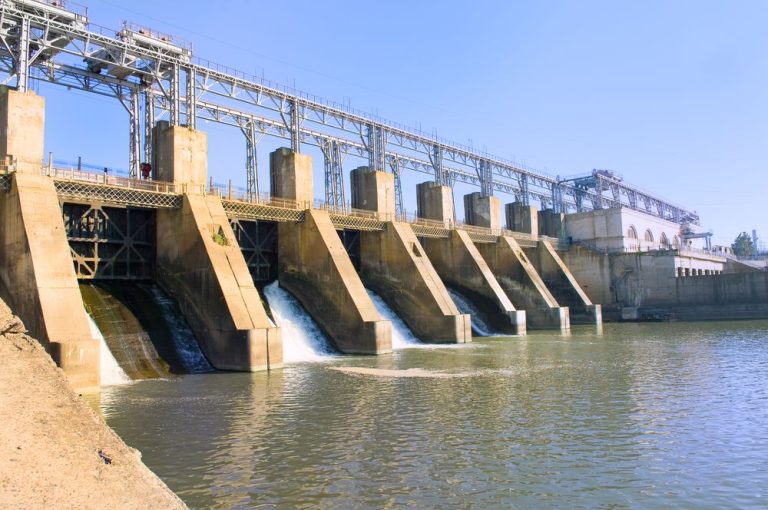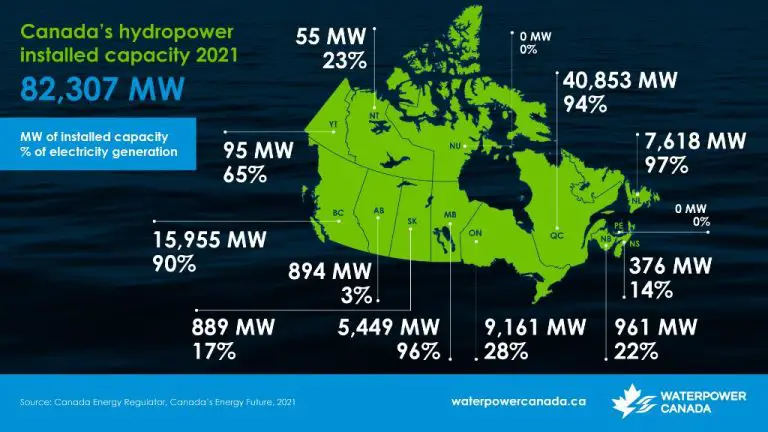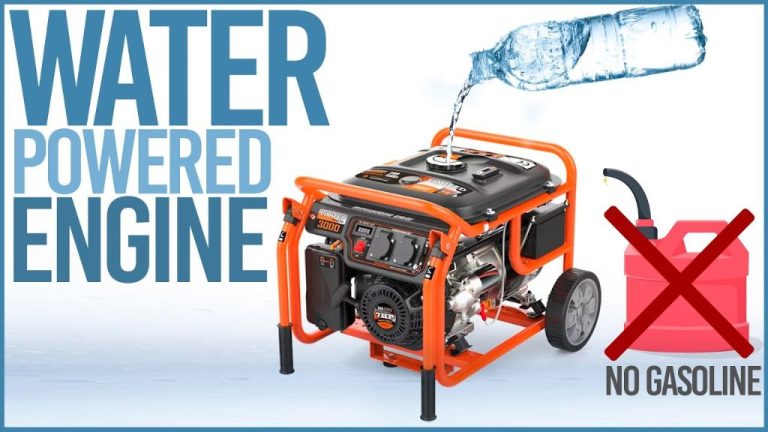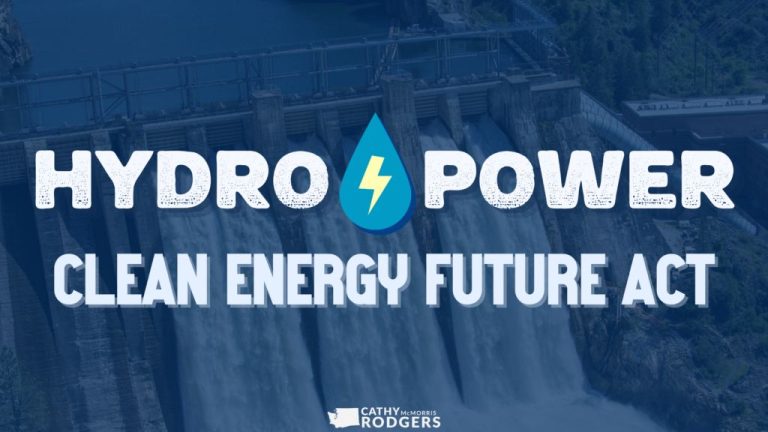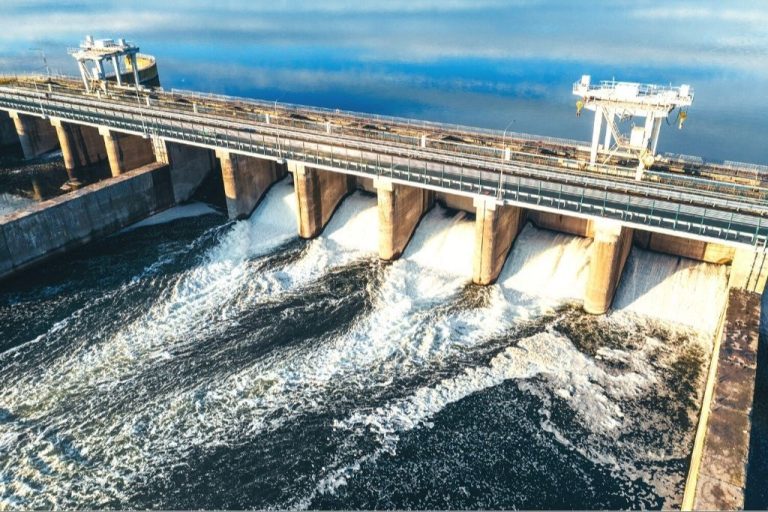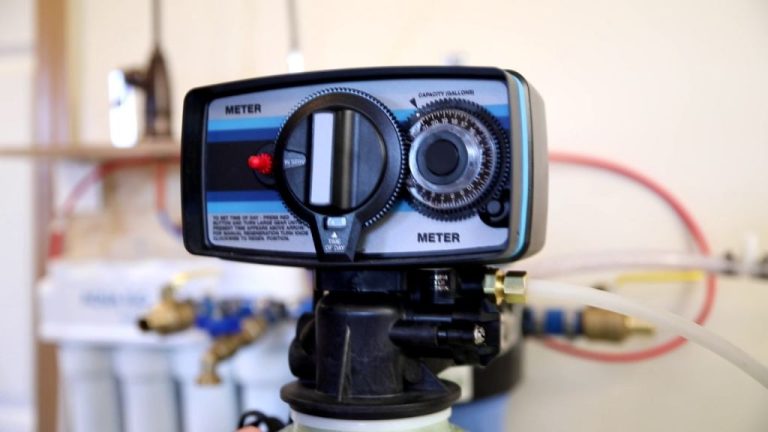Is Hydropower Easy To Make?
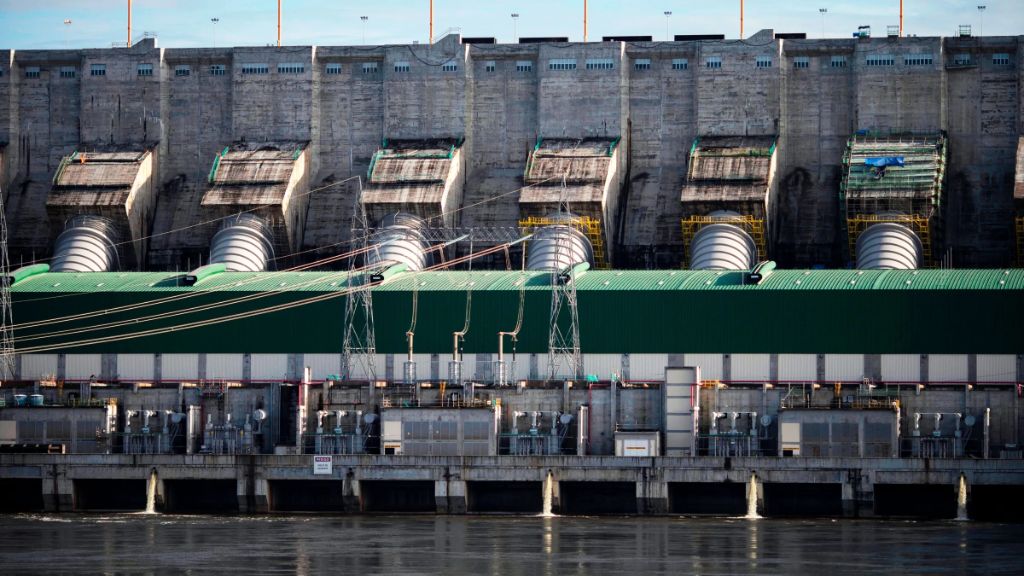
Hydropower is a form of renewable energy that generates electricity by using the natural flow of water [1]. Hydroelectric dams convert the kinetic energy of flowing water into mechanical energy by spinning turbines, which then generate electricity. The goal of this article is to provide an overview of hydropower, explaining how it works, the different types and scales, pros and cons, regulations, and challenges involved in building and maintaining hydropower systems.
The main sections of this article will cover hydropower basics including how it generates electricity, large vs small hydropower systems, the components that make up these systems, the advantages and drawbacks, permitting requirements, construction considerations, and ongoing maintenance needs.
Hydropower Basics
Hydropower works by converting the kinetic energy from flowing or falling water into electricity. A hydropower plant is typically located on a river, lake, or waterfall. The most common type of hydropower plant uses a dam on a river to store water in a reservoir. The water flows through a turbine, causing it to turn. This turbine then turns a generator to produce electricity.
As the water in the reservoir flows through the dam, the force of gravity causes it to fall through large pipes called penstocks. The flowing water spins the blades of a turbine, much like a propeller, which causes a rotor to spin inside the generator. This produces a magnetic field that pushes electrons and creates an electric current. The electricity is then transmitted through power lines to homes, businesses, and industries. Hydropower provides around 7% of electricity in the United States and over 16% of the world’s electricity.
https://www.energy.gov/eere/water/hydropower-basics
Large vs Small Hydropower
There are significant differences between large hydroelectric dams and small or micro hydropower projects. Large dams typically have a generation capacity over 10 megawatts and involve the construction of dams over 15 meters high. They create large reservoirs, divert rivers, and impact surrounding ecosystems and communities (Hydro.org).
In contrast, small hydropower projects have a generation capacity under 10 megawatts and utilize smaller dams or water conduits like canals, tunnels, and penstocks. Small hydropower takes advantage of sites with natural features like waterfalls or streams with high elevation drops. These projects have a smaller footprint, lower environmental impact, and benefit local communities through job creation and electrification (Open Development Mekong).
While large hydroelectric dams produce more total energy, small hydropower can provide decentralized energy access. Smaller projects require less transmission infrastructure and can be built incrementally to match demand growth. They also involve fewer regulatory requirements. Overall, small hydropower provides a flexible, low-impact way to utilize hydropower at a local scale (Hydro.org).
Components of a Hydropower System
A hydropower system converts the energy from flowing water into electricity. The major components involved in this process include:
The turbine converts the energy of moving water into mechanical energy. Common turbine types used in hydropower plants include Pelton, Francis and Kaplan turbines. The specific turbine selected depends on factors like the height of standing water, flow rate, etc. [1]
The generator converts the mechanical energy from the turbine into electrical energy. The shaft of the turbine spins the rotor of the generator, which then induces a voltage through electromagnetic induction. The electricity is then fed into transformers to increase the voltage for transmission.
A water source that provides adequate flow and pressure is needed, such as a river, waterfall or dammed reservoir. The volume and force of the water determines the amount of electricity that can be generated.
Dams and diversion structures may be built to increase the head (vertical drop) of water to increase power output. Canals and penstocks pipe water from the intake to the turbine location.
Hydropower Pros
Hydropower is considered a very reliable and renewable source of electricity. The fuel source, water, is constantly replenished by the water cycle and rainfall. Once the initial upfront costs of constructing a hydroelectric dam and power plant are covered, the operating costs tend to be relatively low compared to other sources of electricity like coal or natural gas[1]. Because the fuel is essentially free and always available, hydropower can generate electricity on demand and adjust output to meet real-time power needs.
Hydropower facilities have long asset lives and can remain operational for over 50 years. The engineering of dams, tunnels, and turbines makes them last for many decades with proper maintenance[2]. Because of the longevity and renewable nature of hydropower, the levelized cost over the lifetime of a hydroelectric plant is very competitive with other energy sources.
[1] https://www.energysage.com/about-clean-energy/hydropower/pros-cons-hydropower/
[2] https://www.energy.gov/eere/water/benefits-hydropower
Hydropower Cons
While hydropower offers many advantages, it also has some significant drawbacks that need to be considered. One major downside of hydropower projects is the high upfront costs. Constructing dams and power stations requires huge capital investments before any energy can be produced (The Top Pros And Cons of Hydropower). Small hydropower projects can cost anywhere from $1,000 to $20,000 per kilowatt of capacity, while large projects can cost between $1 million and $6 million per megawatt. This makes financing and siting hydroelectric projects challenging.
Another major con is the impact hydropower dams can have on local wildlife and ecosystems. Dams disrupt natural water flows, change siltation patterns, and can block fish migration routes (Advantages and Disadvantages of Hydropower). Flooding land for reservoirs destroys habitat and displaces species. Fish and other aquatic life can also get injured or killed by passing through hydroelectric turbines.
Finally, hydropower is limited by suitable geography and resources. Good sites require ample water flow and the right elevation drop. Many prime locations have already been developed, making it hard to find new sites with enough hydraulic head and flow to be economical. This restricts where new hydropower facilities can be built.
Permitting and Regulations
Developing a hydropower project involves complex regulatory requirements at both the federal and state level. At the federal level, hydropower projects must obtain a license from the Federal Energy Regulatory Commission (FERC). This licensing process requires extensive environmental reviews and public input. As noted in the report New Report Examines the U.S. Hydropower Permitting Process, it takes an average of 5 years to obtain an original FERC license, while relicensing takes 7.6 years on average.
The long time periods for hydropower licensing are due to the comprehensive environmental impact assessments required under the process. Applicants must submit extensive documentation on project facilities and operations as well as conduct studies on fish, wildlife, botanical, recreational, and cultural resources. The FERC licensing process also involves coordination with other federal and state agencies that have jurisdiction over public lands or resources that may be affected.
In addition to federal licensing, hydropower projects must comply with state regulatory requirements pertaining to water rights, public lands use, and environmental protection. As noted in the FERC’s Hydropower Licensing Guide, the complex web of regulatory oversight aims to ensure hydropower sustainability but can present significant hurdles during development.
Construction Challenges
Building a hydropower system, especially one capable of generating electricity at a utility scale, can be an immense civil engineering challenge. First, a suitable site with an adequate water source must be identified and acquired. The location must have topography allowing for a dam and reservoir to be built and for water to be channeled effectively through penstocks to turn the turbines. Building the dams and reservoirs alone requires moving tremendous amounts of earth and concrete.
Accessibility is another major issue, as hydropower facilities tend to be located in remote areas far from roads and infrastructure. Materials, machinery, and workers all have to be transported to these isolated construction sites. Building roads and setting up construction camps at the site add considerably to the upfront development costs.
Once built, operating and maintaining the dams, reservoirs, penstocks, and powerhouses also requires extensive infrastructure and access. Roads, transmission lines, and support facilities need to be constructed and maintained. Developing all of this access and infrastructure in remote areas with challenging terrain or weather conditions can result in extremely high costs and complications for hydroelectric projects.
Maintenance Requirements
Hydropower facilities require regular maintenance and upkeep to remain operational. The main components that require maintenance are the dams, turbines, generators, gates, and electrical systems.
Dams must be inspected regularly to check for any cracks, leaks, or structural damage that could compromise the integrity of the dam. Any issues found must be repaired immediately. The dam’s spillway gates and sluice gates also need to be tested and lubricated to ensure they can open and close smoothly in case of flooding or to control water flow.
The turbines and generators also undergo regular maintenance. Turbines may require cleaning and lubrication to reduce friction and prevent wear on the blades. Generators need to be inspected and may require new parts and brushes over time.
All the gates, valves, and other hydro-mechanical equipment must be periodically serviced, cleaned, and recalibrated according to the manufacturer’s specifications. This helps maximize performance and prevents premature breakdowns or failure.
Additionally, all the electrical control, monitoring, and distribution equipment requires inspection, testing and occasional upgrades. This includes switchgears, transformers, sensors, and control systems.
Overall, hydropower plant maintenance requires significant expertise, labor, and capital investment. However, this upkeep is essential to ensure efficient, reliable, and safe operations over the long-term.
Conclusion
Overall, hydropower is not necessarily easy to develop despite its reputation as a simple renewable energy source. While the basic principles of utilizing flowing water to generate electricity have been understood for over a century, constructing and maintaining hydropower systems comes with many complexities.
The biggest challenges lie in permitting/regulations, site selection, civil engineering work, and environmental impacts. Extensive studies must be conducted to assess feasibility and ensure sustainability. Large hydropower projects require major infrastructure like dams, reservoirs, and transmission lines – involving substantial costs and multi-year timelines. Even small projects demand careful planning and adherence to regulations.
So in summary, developing hydropower requires expertise across many domains – from licensing, financing and engineering through to construction, operations and maintenance. While hydropower can be an excellent source of clean electricity, it is by no means easy or straightforward to implement successfully and responsibly. The key takeaway is that comprehensive planning and preparation is essential before pursuing any type of hydropower development.

